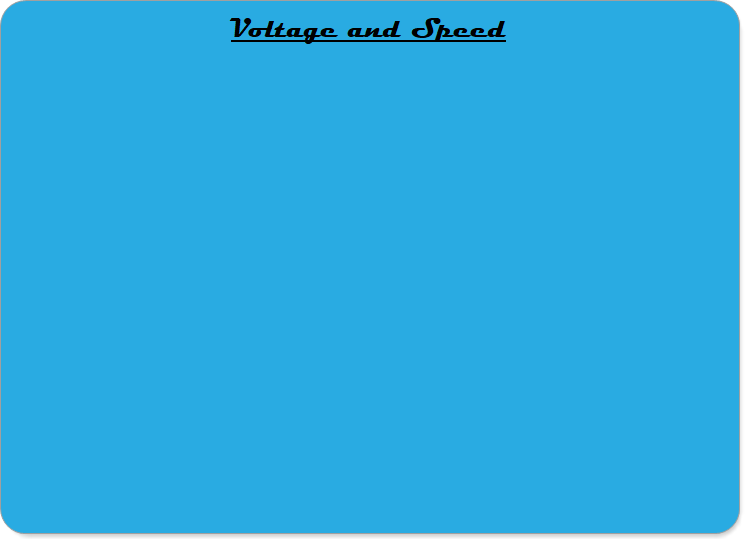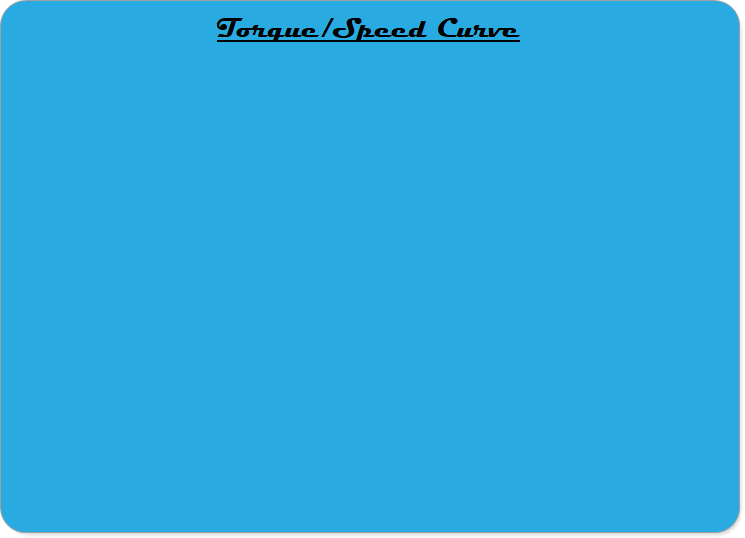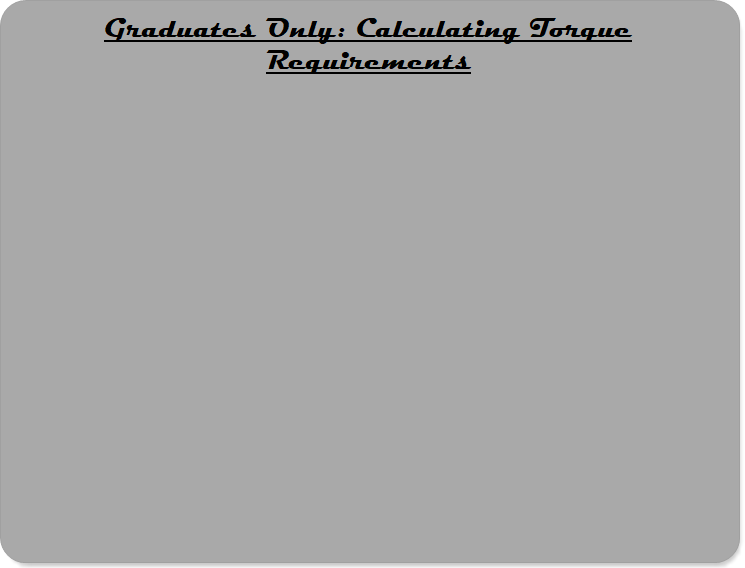Robotics 1
DC Motors - Torque and Speed
DC Motors - Torque and Speed

In this video, we learn about the motor 'velocity constant', which relates motor voltage and speed. We write some code to experimentally determine the motor velocity constant using just one data point by setting motor voltage to 5V and reading the speed from the encoder.

In this video, we revise our motor velocity constant by testing the motor at many voltage levels. In order to accomplish this, we learn how to use 'pulse-width modulation (PWM)' to allow a digital pin to produce effectively analog voltages.

In this video, we learn how to wire up a motor driver chip to provide higher current to our DC motor, but still control the velocity with the PSoC. Then, we learn about the motor torque/speed curve, and how we can use this curve to spec motors for an application.
To complete this lab activity, make a video that includes the following in one video:
(1) You saying your name
(2) Your motor spinning at different speeds and displaying the 'Compare' value and the speed (in rpm) to the LCD screen
(3) Your circuit with the motor driver chip wired up so that the external power supply provides the motor power
Graduate student requirements are the same as the Undergraduate requirements today.
(1) You saying your name
(2) Your motor spinning at different speeds and displaying the 'Compare' value and the speed (in rpm) to the LCD screen
(3) Your circuit with the motor driver chip wired up so that the external power supply provides the motor power
Graduate student requirements are the same as the Undergraduate requirements today.

In this video, we learn how to determine the amount of torque needed for a joint of a serial manipulator based upon acceleration requirements and the force of gravity on links and a payload.



